Up Next

Ferrari’s reduction to a lower-midfield team at the Belgian Grand Prix is a result of an enormous loss of more than a second on the straights compared to 2019.
The high-speed Spa circuit, plus upcoming home races in Italy at Monza and Mugello, were never expected to favour Ferrari given the engine deficit it is carrying this year. So, Charles Leclerc and Sebastian Vettel locking out the seventh row was perhaps not a huge surprise.
But scraping through Q1 and being left to fight a Williams, well adrift of even competing for a place in the top 10? This is worse than most imagined probable. It’s become part of the ‘Class C’ pack in the lower-midfield, just about beating its customer-engined teams and – in Q2 – getting ahead of Williams as well.
All this at a track Ferrari locked out the front row and then won at in 2019, a long way clear of the opposition.
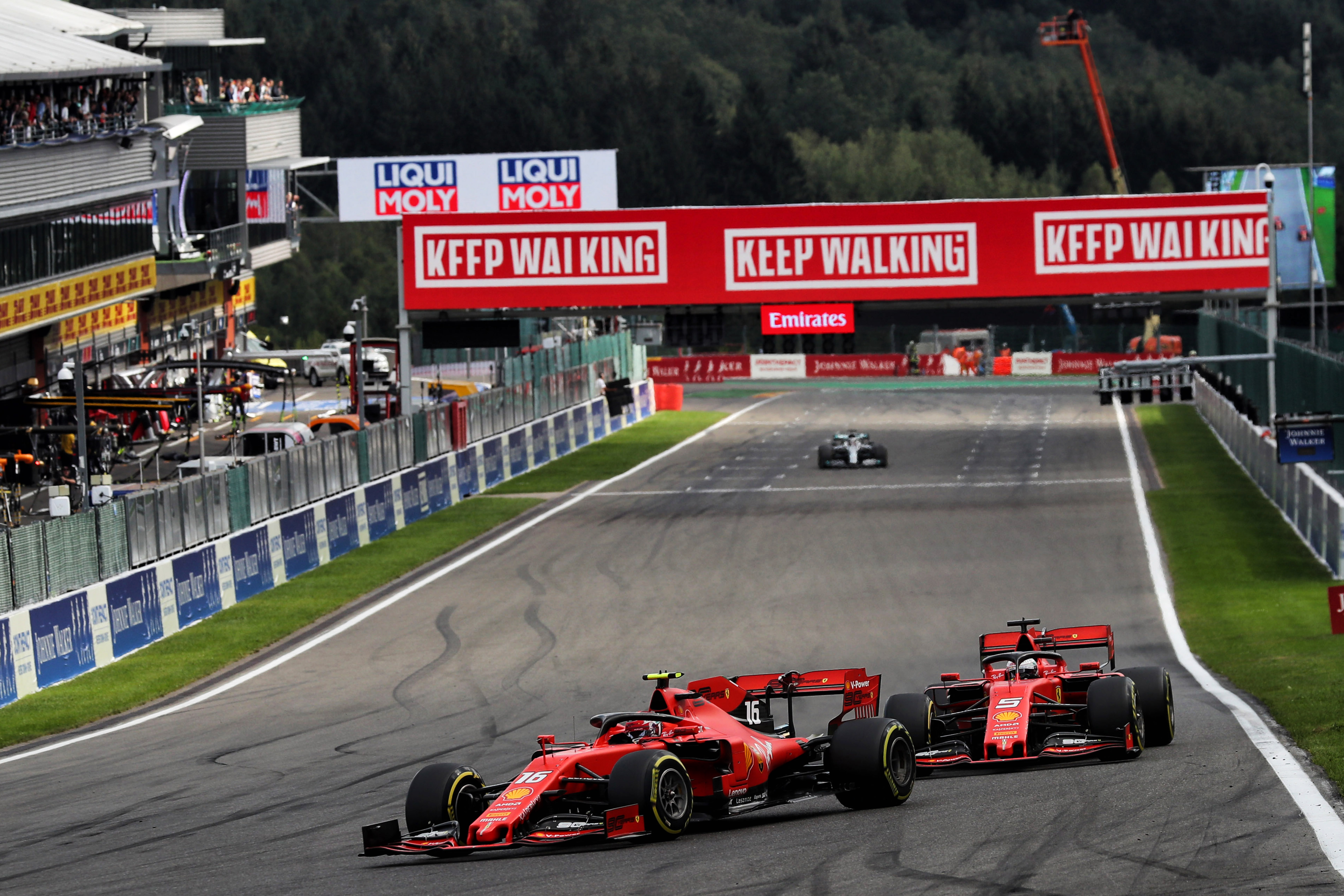
A qualifying comparison of 2019 and 2020 shows the huge amount Ferrari is losing on the straights. Vettel’s qualifying time was almost identical to last year, but achieved in a completely different manner.
Data seen by The Race shows Vettel was more than 1.5s slower on the straights in 2020 compared to 2019, but able to make it up in the corners (helped by the fact Vettel didn’t hook up his best sectors a year ago).
Ferrari’s overall Spa-specific regression is clear as even with a faster car through the corners its sectors one and three times were almost a second slower than 2019.
This helps explain why last year’s poleman Charles Leclerc lapped slower in 2020 while every other team improved year-on-year.
Qualifying comparison: 2019 vs 2020
| Team | Gain in 2020 |
| Williams | -4.080s |
| AlphaTauri | -3.705s |
| McLaren | -2.409s |
| Racing Point | -2.215s |
| Renault | -2.042s |
| Mercedes | -2.030s |
| Red Bull | -1.912s |
| Haas | -0.900s |
| Alfa Romeo | -0.397s |
| Ferrari | +0.477s |
Vettel’s near-identical laps from last season are a little misleading given his imperfect 2019 combination of sectors.
But if we do a like-for-like theoretical best comparison, it reveals Vettel to be 0.6s slower in sector one, 0.3s faster in sector two, and 0.3s slower in sector three. For Leclerc, those numbers are 0.5s slower, 0.4s faster and 0.5s slower.
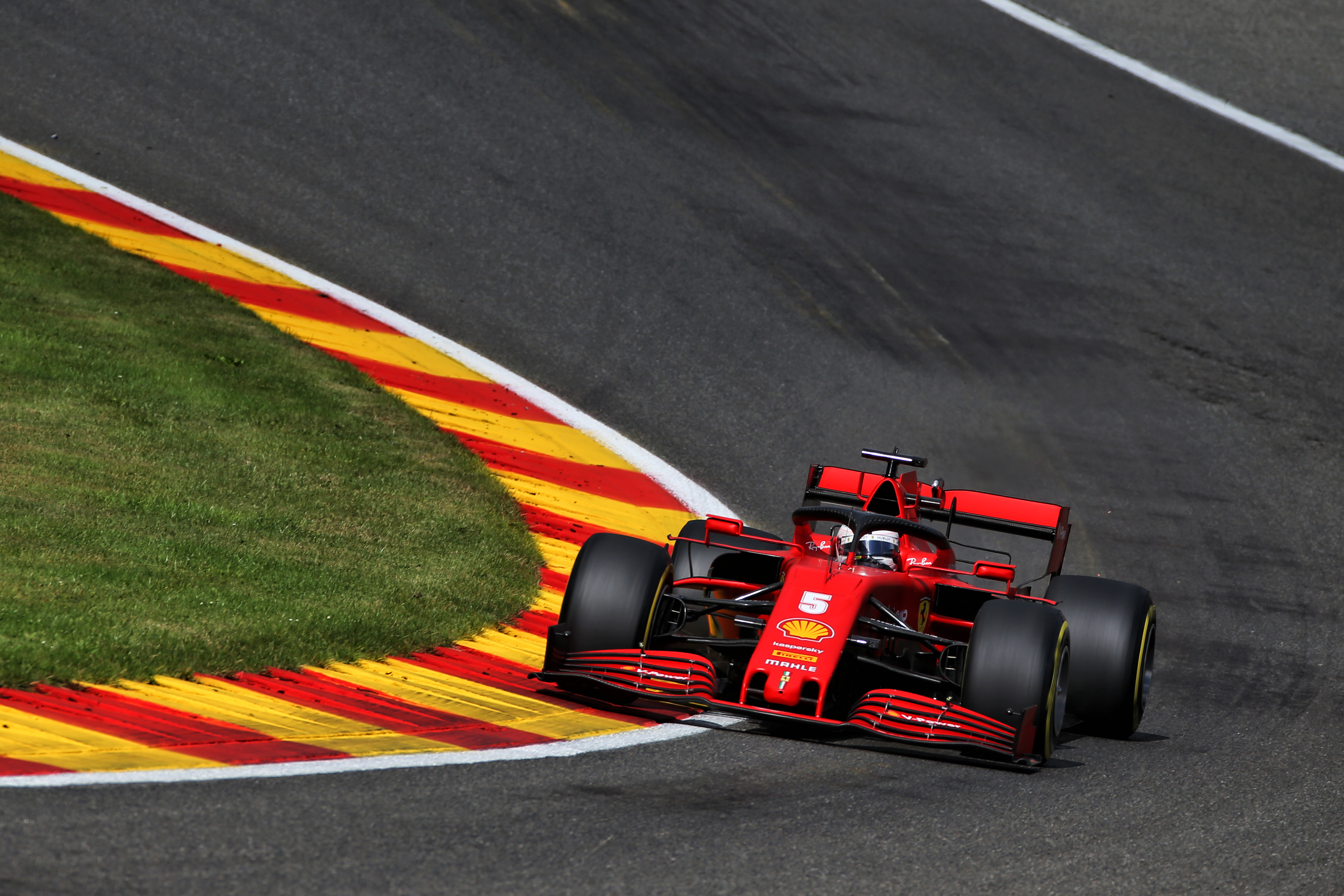
Those numbers are supported by a comparison of the speeds at various measuring points too – the speed trap at Raidillon, the sector one end point at the end of the Kemmel Straight, the sector two end point mid-Stavelot and then the finish line.
Ferrari 2020 vs 2019 comparison
| Point on circuit | Speed | Laptime |
| Speed trap | -5.965 mph | n/a |
| Sector 1 | -7.767 mph | +0.553s |
| Sector 2 | +1.55 mph | -0.394s |
| Sector 3/finish line | -3.723 mph | +0.428s |
This is a result of two things: less power and more drag.
Less power comes from the fundamental engine deficit Ferrari has this year. Rivals may call that payback.
Ferrari’s 2019 engine was subjected to an FIA investigation. It was never found guilty or not guilty, but Ferrari has had to sacrifice a lot of power to ensure it conforms to the reinforced rules governing fuel-flow and other potential performance-enhancing areas of the hybrid engines.
It has admitted to that connection but never gone as far as acknowledging what it suggests. Ferrari has always protested its innocence.
But the rulemakers have indirectly addressed the balance. Whatever Ferrari had last year it is sorely lacking in 2020: down 6mph at Raidillon, 7.7mph at the end of the Kemmel Straight, and even 3.7mph at the finish line – which is just a short burst on the exit of the final chicane.
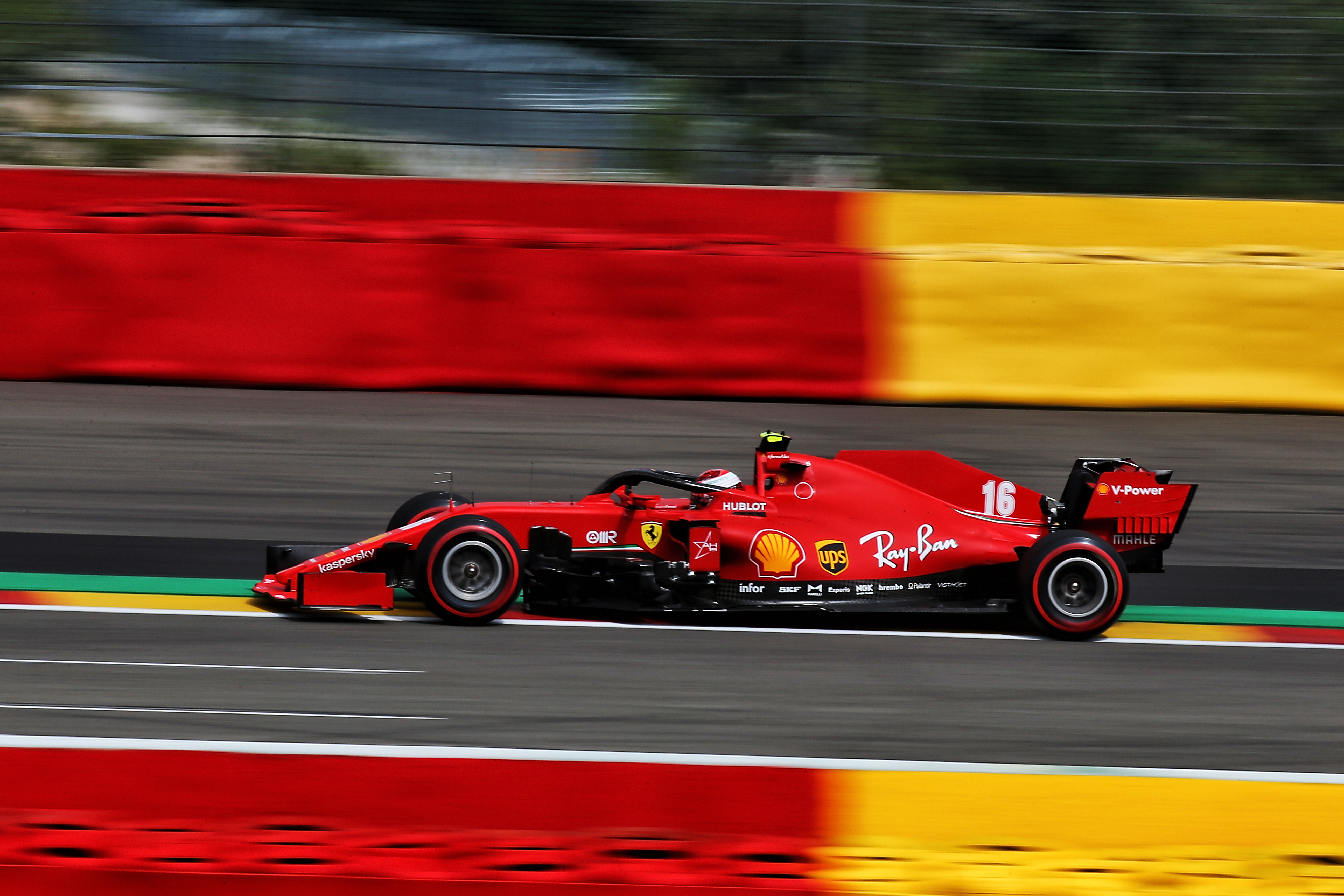
The extra drag is exacerbating the straightline speed loss. This is likely the result of the compromises Ferrari has tried to make at Spa to deal with that loss of power.
It was evident after Friday practice that the Ferrari was aggressively trimmed out. The speed was there in sectors one and two but it was abysmal in the twisty middle sector.
Perhaps Ferrari thought it would get away with it more, but the suggestion from the team is it got caught out by an inability to get the tyres working. There could be a deeper underlying reason for this but one simple theory is that less downforce meant the cars were sliding around too much, particularly in the middle sector.
“It was a surprise,” admitted sporting director Laurent Mekies. “It took us off guard.
“We tried anything and everything between yesterday and this morning to get the car to work the tyre a bit better and to get the drivers to be more confident with it.
“So yes, we did get something back and we did make some progress from yesterday to reach a position in qualifying where a bit more was coming out of it.”
The solution appears to be adding some wing, as both Ferraris were more competitive in the middle sector but their time loss is now more evident in the high-speed first and final sectors.
Take Renault and AlphaTauri, running more extreme low-drag set-ups: Ferrari was losing 0.3s in sector one, matching AlphaTauri but trailing Renault by 0.3s in sector two, then losing 0.5s in sector three to Renault and 0.2s to AlphaTauri.
Mercedes, which is able to run more downforce at Spa, is still faster in sectors one and two, and a mammoth 1.5s clear in the middle sector.
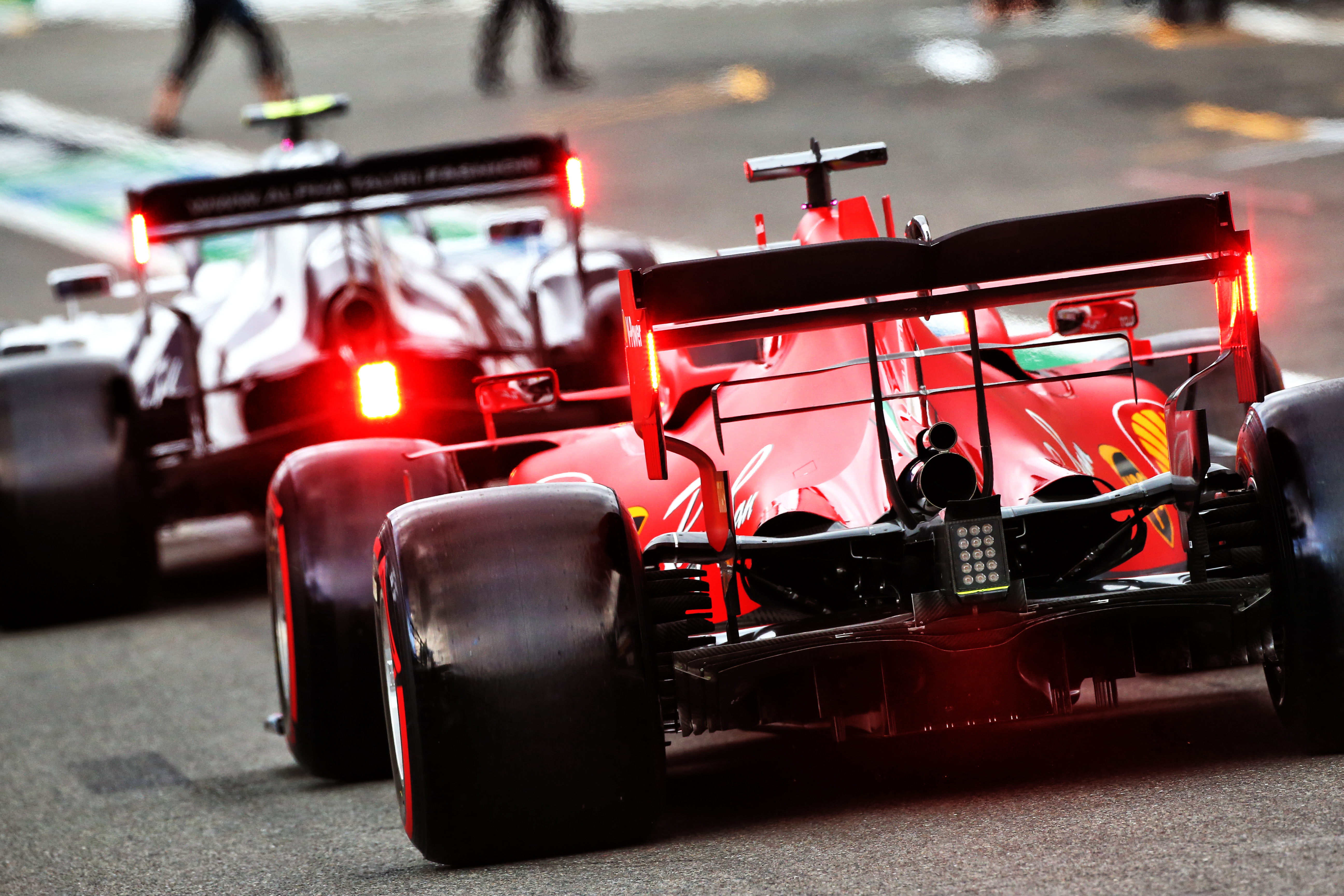
Basically, Ferrari can’t offset its power deficit as much as it wants to on the straights without sacrificing too much in the corners. It can’t strike the balance it wants to, so is opting for the lesser of two evils.
But the inherent power deficit and limitations of the car remain. A good example of that is the speed at the end of sector two, which is registered in the middle of the Stavelot right-hander. It’s the only speed trap in which Ferrari is faster than 2019 – but the gain is less than for any other team.
“Don’t get me wrong, we know the performance this year is not good, we don’t want to live with it, but we know there is a limit to what we can do short-term,” said Mekies of what Ferrari salvaged from a day that threatened greater embarrassment and disaster.
“We also know this type of track is not going to go in the direction of our car.
“That said, we were still very unhappy with the starting point of how the car was working yesterday [Friday] with regards to tyres and car balance, and to understand driver balance.
“Luckily we got that back but we certainly lost time in the meantime trying to get this sorted, and plus we need to find the proper reason why that happened.”
This may be seen as a public front to avoid admitting that the root cause is the power loss suffered as a result of whatever Ferrari was doing in 2019, but it may also be that Ferrari did not expect to be punished so badly through the corners in low-downforce trim.
If that’s the case then the team’s urgency to find out why is understandable. Otherwise Ferrari heads to home soil at Monza next week with the prospect of being even less competitive, as rivals will be even more aggressively trimmed out.
If Ferrari can’t go that low, it’ll be a sitting duck. The slowest of all 10 teams? Maybe, maybe not. But outside the points? It seems quite likely.
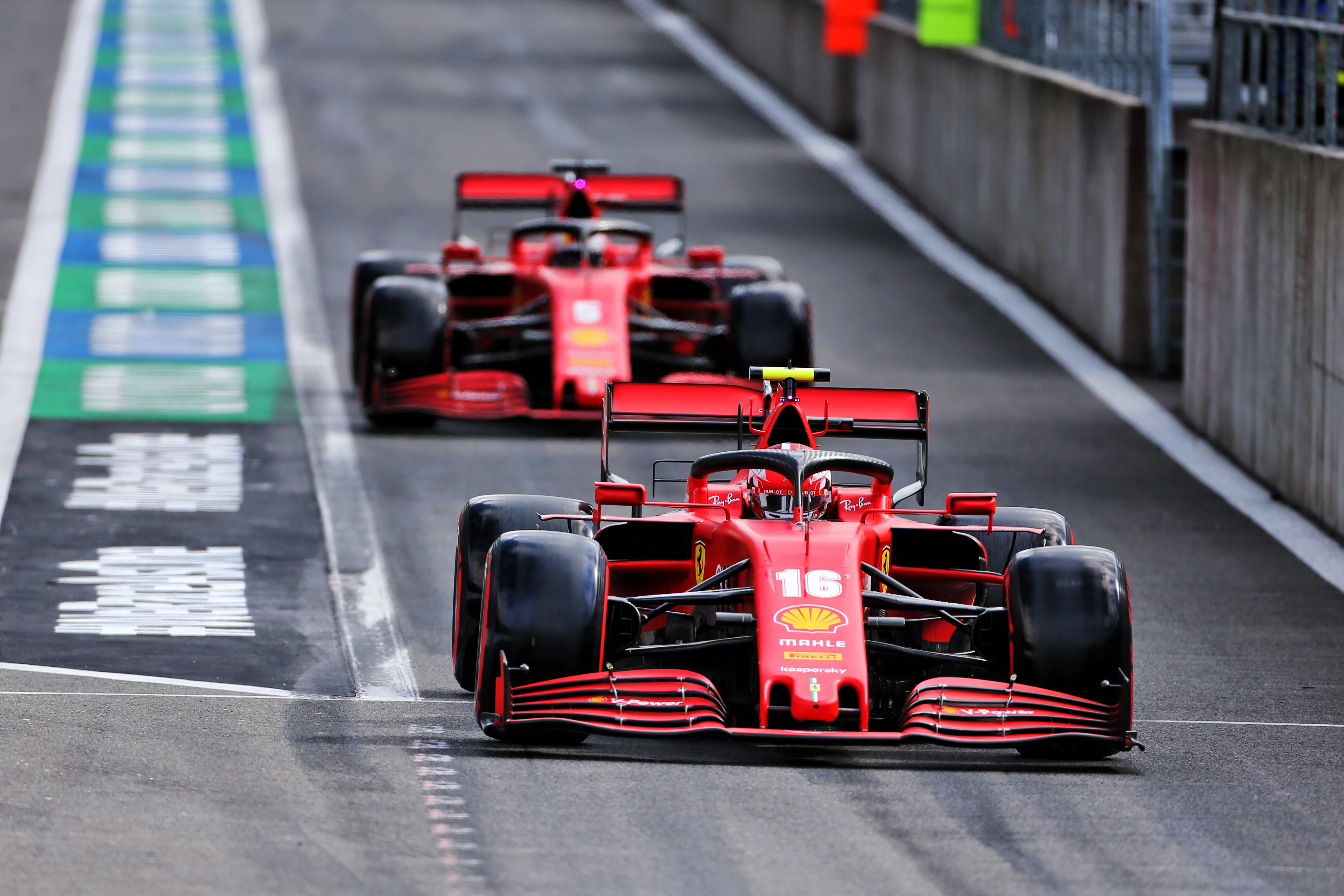
Mugello, Ferrari’s own circuit, would seem to offer little reprieve given the ultra-long straight and prospect of high-speed corners.
At the same time, Ferrari would in theory be able to gain a little more back through the corners. Its 2020 car is clearly a positive evolution of last year’s in some important aspects, given it is able to at least balance out its massive straightline speed loss in the corners.
But it doesn’t stop a bitter irony being applied to Ferrari’s season. The year the team gets three home races, it has a car that, in its worst form, has slipped from the big three to Class C.






